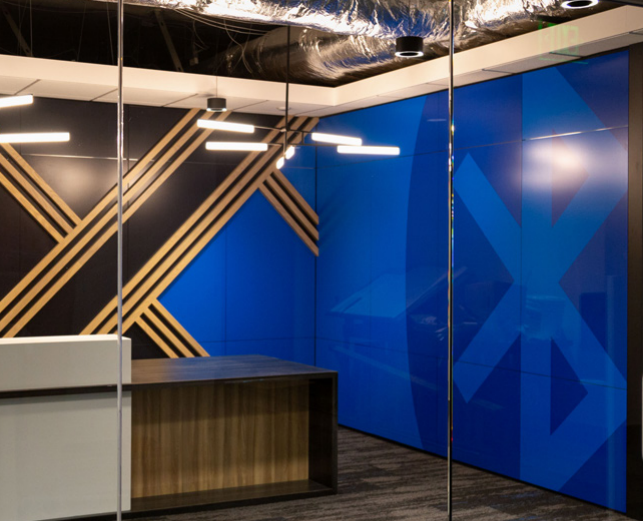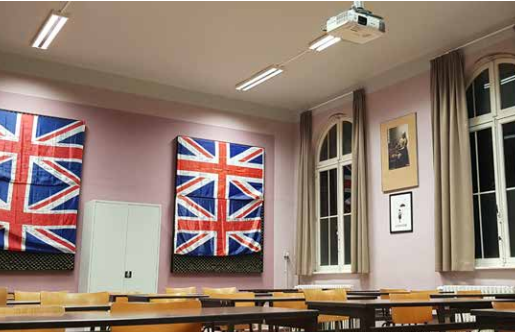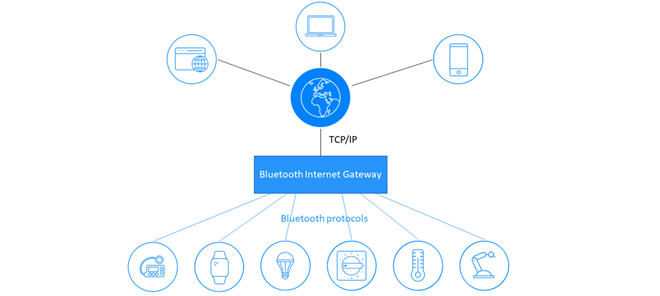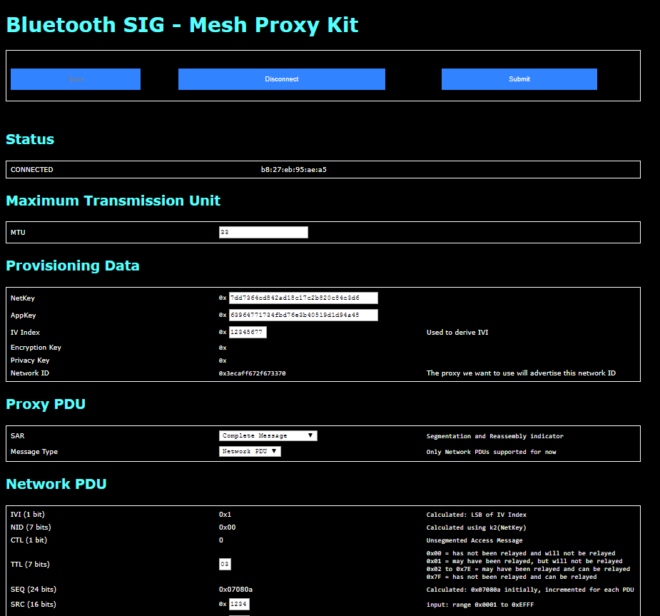Devices need multiple ways to connect
To best meet the wireless connectivity needs of a diverse developer population, Bluetooth® technology supports multiple topology options.
From simple point-to-point connections for streaming audio between a smartphone and speaker, to broadcast connections that enable way-finding services in an airport, to mesh connections that support large-scale building automation, Bluetooth supports multiple topology options to best meet the unique wireless connectivity needs of a diverse, global developer population.

Point-to-point is a network topology used for establishing one-to-one (1:1) device communications. The point-to-point topology available on Bluetooth Basic Rate/Enhanced Data Rate (BR/EDR) is optimized for audio streaming and is ideally suited for a wide range of wireless devices, such as speakers, headsets, and hands-free car kits. The point-to-point topology available on Bluetooth Low Energy (LE) is optimized for data transfer and is well suited for connected device products, such as fitness trackers, health monitors, and PC peripherals and accessories.

Broadcast is a network topology used for establishing one-to-many (1:m) device communications. The broadcast topology available on Bluetooth LE is optimized for localized information sharing and is ideal for location services such as retail point-of-interest information, indoor navigation and wayfinding, as well as item and asset tracking.

Mesh is a network topology used for establishing many-to-many (m:m) device communications. The mesh topology available on Bluetooth LE enables the creation of large-scale device networks and is ideally suited for control, monitoring, and automation systems where tens, hundreds, or thousands of devices need to reliably and securely communicate with one another.
| Bluetooth Low Energy (LE) | Bluetooth Basic Rate/ Enhanced Data Rate (BR/EDR) |
|
|---|---|---|
| Point-to-Point (1:1 device communication) | ||
| Optimized For… | Short burst data transmission | Continuous data streaming |
| Setup time | <6 ms | 100 ms |
| Max connections/ device (piconet) | Unlimited (implementation specific) | 7 |
| Data rate | 125 Kb/s to 2 Mb/s | 1 Mb/s to 3 Mb/s |
| Max payload size | 251 byte | 1,021 byte |
| Security | 128-bit AES, user defined application layer | 64b/128b, user defined application layer |
| Service definition | GATT Profiles | Traditional Profiles GATT Profiles |
| Broadcast (1:m device communication) | ||
| Max payload size | Primary Channel: 31 byte Secondary Channel: 255 byte Chaining of packets for larger messages |
Not Applicable |
| Security | User defined application layer | |
| Service definition | Beacon Formats (not specified by Bluetooth SIG) |
|
| Mesh (m:m device communication) | ||
| Max nodes | 32,767 | Not Applicable |
| Max subnets | 4,096 | |
| Message addressing | Unicast, Multicast, Broadcast Up to 16,384 group addresses Supports publish/subscribe addressing |
|
| Message forwarding | Managed flood | |
| Max payload size | 29 byte payload | |
| Security | 128-bit AES Device, network and application levels |
|
| Service definition | Mesh Models, Mesh Properties | |














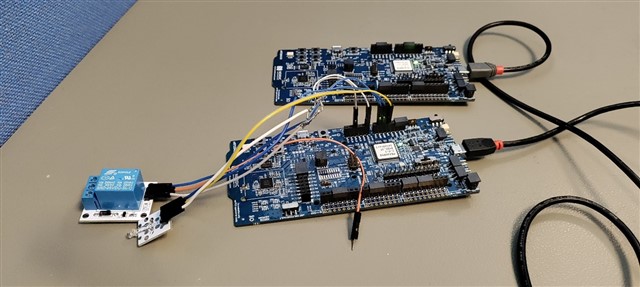
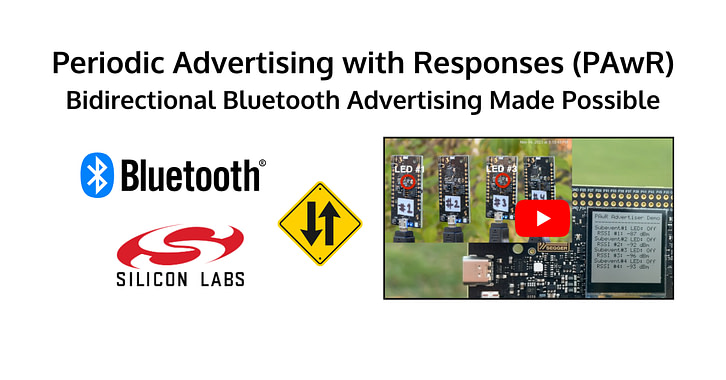

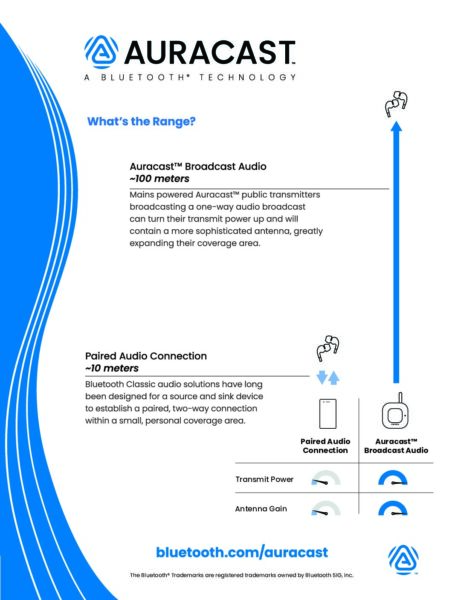
![2312 CES Handout Images FINAL existing pdf 464x600[1]](https://www.bluetooth.com/wp-content/uploads/2024/01/2312_CES_Handout-Images_FINAL-existing-pdf-464x6001-1.jpg)
![2312 CES Handout Images FINAL unlimited pdf 464x600[1]](https://www.bluetooth.com/wp-content/uploads/2024/01/2312_CES_Handout-Images_FINAL-unlimited-pdf-464x6001-1.jpg)

